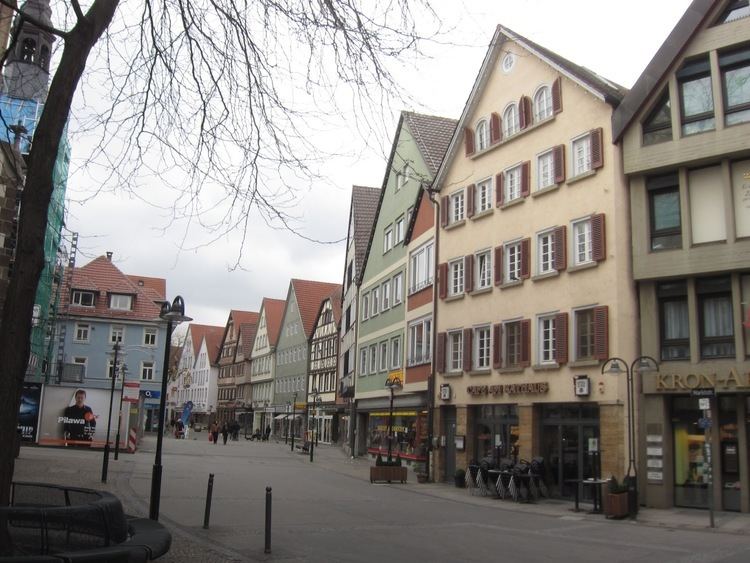Area 15.71 km² | District Stuttgart Time zone CET/CEST (UTC+1/+2) Dialling code 0711 | |
 | ||
Just writing my name stuttgart bad cannstatt
Bad Cannstatt, formerly just "Cannstatt" or "Kannstadt" (until 1900), is one of the outer stadtbezirke, or city districts, of Stuttgart in Baden-Württemberg, Germany. Bad Cannstatt is the oldest and most populous of Stuttgart's districts, and one of the most historically significant towns in the area of Stuttgart. The town is home to the Cannstatter Wasen and Cannstatter Volksfest beer festivals, the Mercedes-Benz Arena (VfB Stuttgart), the Hanns-Martin-Schleyer-Halle, and the Porsche-Arena.
Contents
- Just writing my name stuttgart bad cannstatt
- Map of Bad Cannstatt Stuttgart Germany
- Etymology
- History
- Famous Residents
- References
Map of Bad Cannstatt, Stuttgart, Germany
Etymology
In the past, Bad Cannstatt has been known as simply Cannstatt or Kannstatt, Cannstadt, Canstatt, Kanstatt, and Condistat. Its name was changed to mention the town's spas on 23 July 1933. Cannstatt's name originates from a Castra stativa, Cannstatt Castrum, the massive Roman Castra that was erected on the hilly ridge in 90 AD to protect the valuable river crossing and local trade.
History
Bad Cannstatt lies on the Neckar at the convergence of various regional trails. It was founded during the Roman period, although the area was inhabited by the Seelberg mammoth hunters during the last glacial period. The nearby Sielberg is notable for its caverns and fossils.
Records survive of Roman knowledge of the area's springs. The present name first appeared as the seat of a court held by Charlemagne in the 8th century while trying the rebellious dukes of Alemannia and Bavaria. Cannstatt was the capital of the county of Württemberg into the 14th or 15th century; the Rotenberg was the location of the ruling house's ancestral castle. Cannstatt subsequently formed part of the duchy, electorate, and kingdom of Württemberg. It lay about 2.5 miles (4 km) from Stuttgart proper, although it has since grown to include Bad Cannstatt. In the 13th or 14th century, Louis the Bavarian expanded its rights and privileges to equality with Esslingen. Its 15th-century cathedral was dedicated to St Uffo. In 1755, the Great Lisbon earthquake caused the town hall to subside about 3 feet (1 m). Amid the Napoleonic Wars, the town was the site of a French victory over the Austrians on 21 July 1796.
In the 19th century, it boasted an attractive town hall, a royal theater, a market house, the Wilhelma and Rosenstein palaces, and extensive industry including wool-spinning, dyeing, steelmaking, and construction of machinery. There were then about 40 mineral springs, which were considered beneficial for "dyspepsia and weakness of the nervous system", as well as "diseases of the throat". Cannstatt was the site of Gottlieb Daimler's invention of the motorcycle and housed an automobile factory before the First World War. Around that time, it also had notable railway and chemical works and a brewery. It was incorporated into Stuttgart in 1904.
Of the 19 surviving mineral springs, 11 are recognized as state wells. In the world, it is now second to only Újbuda in Budapest, Hungary, in scale. The Mombach spring is the only one that releases its water without pressure in large quantities; its outflow is used in the adjacent baths and the Wilhelma spa.
Famous Residents
Famous people associated with Bad-Cannstatt include:
